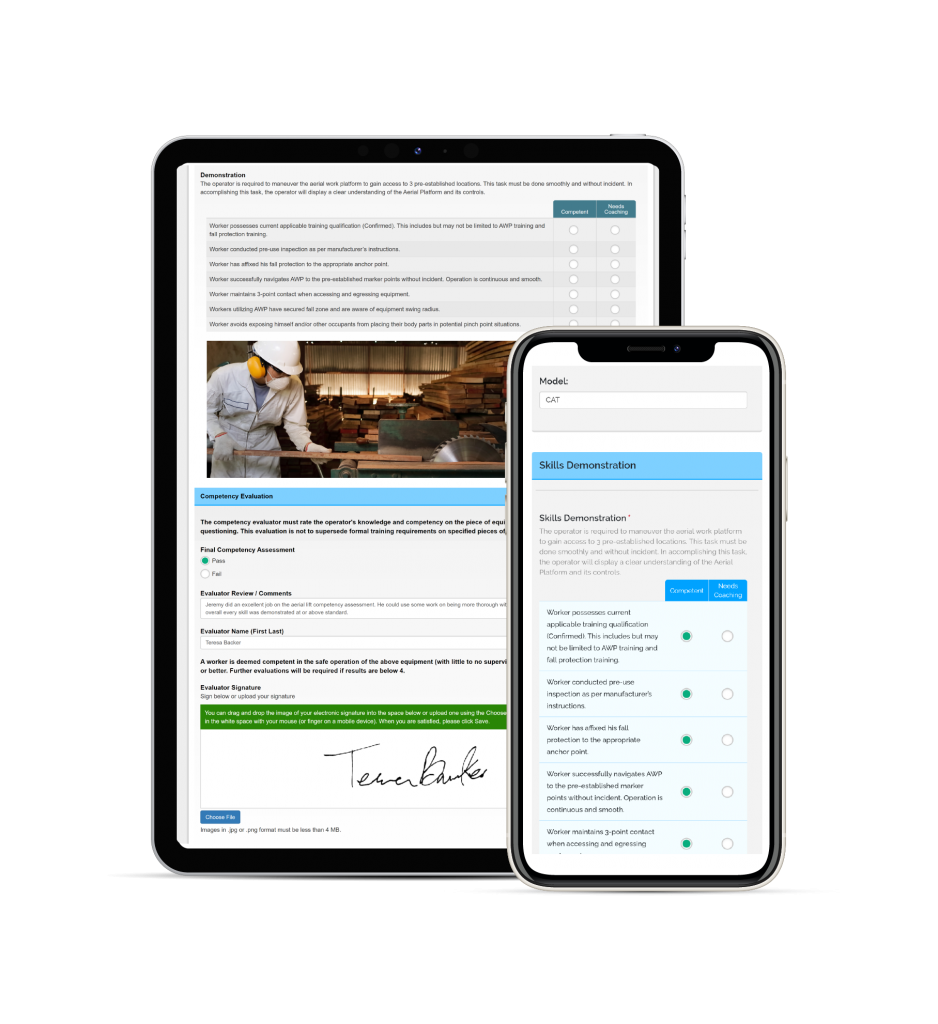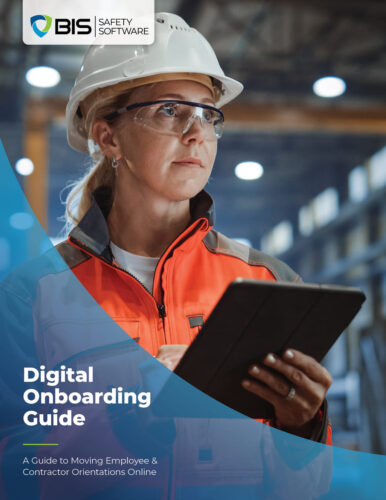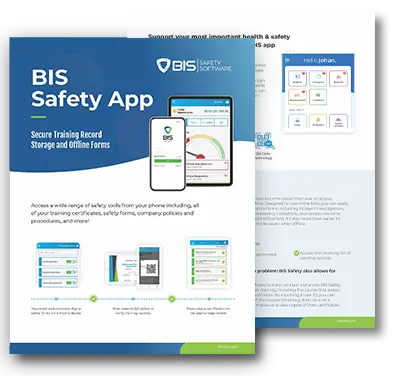
Competency Management Software
Could it be the Most Important Part of Your Safety Program?
Competency management software can help a company manage the skills of its workforce more effectively while finding areas of opportunity and planning the necessary training. Just like employees can acquire new skills individually, competencies can also be developed at the company level, improving aspects like productivity and workplace safety.
Competency management is fundamental for safety in heavy industries like oil and gas, mining and construction. Human errors can cause severe accidents and workplace fatalities in these industries, and well-trained employees are less likely to make mistakes. The consequences of a bad decision can go far beyond monetary losses and wasted time in these work environments.
Here are 4 key benefits of competency management software. Companies can gain a competitive edge by analyzing their strengths and limitations, and by designing their training programs accordingly. Skilled employees can work safely, protecting themselves and others in their team.
1) Employee Learning and Retention
Companies can plan and complete their training programs more efficiently with a competency management system. They can select the ideal courses for each job position since there is a clear picture of individual skills and training gaps. Companies can know exactly which training is necessary to develop new competencies, and which employees should receive it. An LMS or Learning Management System can be used to deliver courses in a user-friendly format, where employees can learn at their own pace.
Training is only useful when it results in new skills, and technology can contribute to knowledge retention. A competency management system can be used to apply tests in multiple knowledge areas, ensuring that employees are ready for any tasks assigned to them. The software also offers the flexibility to deliver courses in multiple formats, adapting to different learning styles.
2) Workforce Planning
A competency management system can be useful when companies need to hire new employees or when they are planning which employees to send to a job site with specific skills needed. The system can help managers identify the competencies required for the vacant position, and they will know exactly what to look for when comparing candidates. Industries are constantly evolving, and companies must develop additional skills as they implement new technologies and equipment. A competency management system helps companies fill their skill gaps, with a combination of training programs and internal or external hires.
Competency management software is very useful in industries that require an adaptable workforce, such as construction. Many organizations have clearly defined roles and processes, but construction firms must deal with multiple projects simultaneously. Each project is unique, and the demand for skilled labor is constantly changing.
3) Improve Employee Retention

A study by LinkedIn found that 94% of employees would stay longer with organizations that invest in their careers. Considering this, a company can improve retention by using a competency management system. The system provides a clear picture of the skills that must be developed individually and at the organizational level. A unique training program can be created for each employee. Employees will appreciate learning opportunities that are offered as part of their job. Otherwise, they may have to look for their own courses to improve competencies, and this can be expensive and time-consuming.
In high-risk industries like mining and energy, competency management also gives workers the knowledge and skills to protect themselves from hazards. Employees will prefer to work for a company that gives them all the necessary training and tools to stay safe.
4) Creates a Safer Workplace
Working safely is a competency that can be developed at the organizational level, by ensuring that all employees have the right knowledge and resources. The first requirement to stay safe is the ability to spot hazards. Employees can then apply their safety knowledge and the available protection measures to prevent accidents. Each dollar of safety investment can be recovered 2-3 times in the form of avoided accident costs, according to several industry studies.
When working at an office, most mistakes only affect productivity. However, human lives are at stake in heavy industries, such as the oil and gas sector. Competency management becomes a critical element of safety programs in these industries, since there can be major accidents when safety skills are lacking in the workforce. For example, equipment operators must complete all the training required by local regulations as a minimum requirement, and additional safety courses are also valuable assets.
Conclusion
Competency management software gives companies a clear picture of their skills and expertise, while also revealing their training gaps. Companies can use this information to design their training programs, which can be customized for each employee.
Since a competency management system contains a detailed profile of each employee, it can be used to find the ideal person for a job with a specific task. Competency management also contributes to talent retention and makes a company more productive.
Finally, a competency management system improves workplace safety, especially in heavy industries. Companies can make sure that employees have the right skills before sending them to an oilfield, a construction site, or any workplace where hazards are always present. By introducing safety software into your organization, you can be sure to elevate your employee’s skills and keep people safe.




































